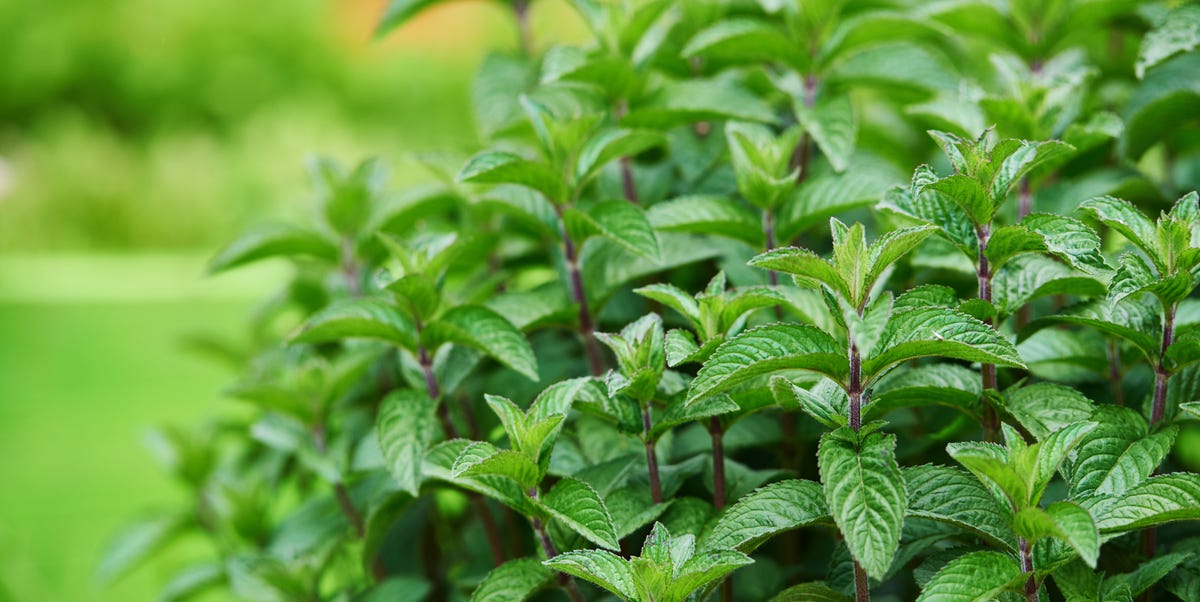Understanding Mint’s Hardiness: Can it Thrive in Winter?
As the winter months approach, many gardeners wonder, will mint grow in winter? The answer lies in understanding mint’s hardiness and its ability to survive in cold temperatures. Mint, a perennial herb, is classified as USDA zones 4-9, meaning it can tolerate temperatures as low as -30°F (-34°C) and as high as 80°F (27°C). This adaptability makes mint an ideal herb for year-round growth, including during the winter months. To ensure a healthy and thriving mint plant, it’s essential to understand its growth patterns and adjust care accordingly. By doing so, gardeners can enjoy fresh mint leaves even in the dead of winter. In fact, with proper care, mint can continue to grow and thrive during the winter months, providing a fresh and flavorful addition to winter recipes.
Preparing Your Mint Plant for Winter: Tips and Tricks
As the winter months approach, it’s essential to prepare your mint plant for the cold temperatures ahead. One of the most critical steps in winterizing your mint plant is pruning. Pruning helps to promote healthy growth, encourages bushy foliage, and prevents the plant from becoming leggy. When pruning, remove any dead or damaged leaves and stems, and cut back the plant to about one-third of its original height. This will help the plant conserve energy and protect it from harsh winter conditions. Additionally, mulching around the base of the plant can help insulate the roots and protect them from frost. When choosing a mint variety for winter growth, look for types that are specifically bred for cold hardiness, such as peppermint or chocolate mint. These varieties will be more resilient to cold temperatures and will continue to thrive even in the dead of winter.
How to Protect Your Mint from Frost and Freezing Temperatures
Frost and freezing temperatures can be detrimental to mint plants, causing damage to the leaves and stems. To protect your mint from frost, it’s essential to take proactive measures. One effective way to safeguard your mint is to bring it indoors before the first frost. Choose a pot that is at least 6-8 inches deep to accommodate the roots, and place it in a bright, sunny location. If bringing the plant indoors isn’t feasible, consider using a cold frame or covering the plant with a frost blanket. These methods will help insulate the plant and protect it from harsh winter conditions. Another option is to mulch around the base of the plant, which will help retain moisture and regulate soil temperature. By taking these precautions, you can ensure your mint plant will survive the winter months and continue to thrive. After all, with proper care, mint can grow year-round, even in the dead of winter, and will mint grow in winter? Absolutely, with the right protection and care.
Winter Care for Mint: Watering, Fertilizing, and Pruning
During the winter months, mint plants require special care to ensure they remain healthy and continue to grow. One of the most critical aspects of winter care is watering. Mint plants need less water during the winter, as the cold temperatures slow down their growth. Overwatering can lead to root rot and other problems, so it’s essential to monitor the soil moisture and adjust watering accordingly. Fertilizing is also crucial during the winter, but it’s essential to use a balanced fertilizer at half the recommended strength to avoid burning the roots. Pruning is another vital aspect of winter care, as it helps to promote healthy growth and prevent the plant from becoming leggy. Prune back any dead or damaged stems, and cut back the plant to about one-third of its original height. By adjusting these practices for winter, you can ensure your mint plant will thrive even in the cold temperatures. With proper care, will mint grow in winter? Absolutely, and it will continue to provide fresh leaves for teas, cocktails, and desserts throughout the year.
Mint’s Dormancy Period: What to Expect and How to Care
During the winter months, mint plants enter a state of dormancy, a natural response to the cold temperatures and reduced daylight. During this period, mint plants will appear to be dying, with wilted leaves and stems. However, this is a normal part of the plant’s life cycle, and with proper care, mint will emerge from dormancy in the spring, ready to thrive again. To care for mint during this period, it’s essential to reduce watering and fertilizing, as the plant is not actively growing. Check the soil moisture regularly, and only water when the soil feels dry to the touch. Fertilizing can be suspended until the spring, when the plant begins to grow again. By understanding mint’s dormancy period and adjusting care accordingly, you can ensure your mint plant remains healthy and will mint grow in winter? Yes, with proper care, mint can thrive even in the cold temperatures. By providing the right conditions, you can enjoy fresh mint leaves throughout the year, even in the dead of winter.
Forcing Mint to Grow Indoors During Winter
While mint plants typically thrive outdoors, it’s possible to force them to grow indoors during the winter months. This can be a great way to have a steady supply of fresh mint leaves year-round, even when the outdoor plants are dormant. To force mint to grow indoors, start by selecting a healthy mint plant with plenty of stems and leaves. Choose a container that is at least 6-8 inches deep and has good drainage holes. Use a well-draining potting mix and plant the mint at the same depth as it was previously. Place the container in a location with bright, indirect light, such as an east- or west-facing window. If you don’t have a window with natural light, you can also use grow lights to provide the necessary light. Maintain a temperature of around 65-70°F (18-21°C) and ensure the soil is consistently moist but not waterlogged. You can also increase the humidity around the plant by placing the container on a tray filled with water and pebbles. With proper care, you can enjoy fresh mint leaves indoors, even in the dead of winter. Will mint grow in winter? Yes, with the right conditions, mint can thrive indoors during the winter months, providing a fresh supply of leaves for teas, cocktails, and desserts.
Common Mistakes to Avoid When Growing Mint in Winter
When it comes to growing mint in winter, there are several common mistakes to avoid to ensure the plant remains healthy and thrives. One of the most critical mistakes is overwatering, which can lead to root rot and other problems. On the other hand, underwatering can also be detrimental, causing the plant to become stressed and vulnerable to disease. Another common mistake is failing to protect the plant from frost and freezing temperatures, which can cause significant damage or even kill the plant. To troubleshoot common winter-related issues, it’s essential to monitor the plant’s condition regularly, checking for signs of stress, disease, or pests. If you notice any problems, take action promptly to address the issue and prevent it from spreading. Additionally, make sure to adjust your care routine according to the season, reducing watering and fertilizing during the winter months when the plant is dormant. By avoiding these common mistakes, you can ensure your mint plant remains healthy and continues to grow, even in the cold winter months. Will mint grow in winter? Yes, with proper care and attention, mint can thrive year-round, providing a fresh supply of leaves for teas, cocktails, and desserts.
Harvesting and Using Fresh Mint in Winter Recipes
One of the best ways to enjoy fresh mint year-round is to incorporate it into your winter recipes. Whether you’re making a warm cup of mint tea, a refreshing mint julep, or a decadent mint chocolate dessert, fresh mint adds a burst of flavor and fragrance to any dish. To harvest fresh mint for winter recipes, simply pinch or cut off the desired amount of leaves from the stem, making sure to leave enough foliage to allow the plant to continue growing. You can also dry or freeze fresh mint leaves to preserve them for later use. When using fresh mint in winter recipes, consider pairing it with seasonal ingredients like citrus, cranberries, and chocolate for a unique and delicious flavor profile. Will mint grow in winter? With proper care and attention, mint can thrive year-round, providing a fresh supply of leaves for teas, cocktails, and desserts. Get creative with your winter mint recipes and enjoy the freshness and flavor of this versatile herb all year long.






